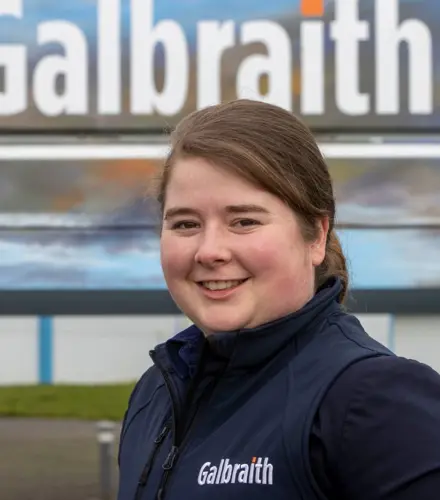Wildlife Estates Scotland (WES) is a national accreditation scheme, led by Scottish Land & Estates, that recognises landholdings that are managed with a clear commitment to sustainable land management, conservation, and biodiversity.
The voluntary initiative encourages estates to demonstrate responsible environmental stewardship while promoting wildlife, habitats, and positive engagement with the wider community.
But beyond the principles, is it worth doing in practice?
Galbraith rural surveyors Andrew Sanderson and Cameron Main have recently supported clients through to full WES accreditation. Their experiences highlight key benefits, but also realistic factors that estates should consider before applying.
Time, detail and investment
The process demands time and commitment. Andrew noted that while support from SLE was excellent, the application required more input than expected. Chasing down accurate information from multiple sources added to the challenge. Cameron echoed that while costs were anticipated, the volume of detail needed, particularly environmental data, was significant.
That said, both found the process professionally valuable. “It was a great way to learn about how the estate runs and its environmental impact,” Andrew explained. Cameron added that it provided a solid baseline for future planning and deeper understanding of biodiversity on the estate.
So, is it worth it?
For many estates, yes, especially those thinking long-term.
The accreditation consolidates key environmental, habitat and species data in one place, to deliver both internal value and external recognition. It opens the door to practical advantages. A WES certificate can fast-track grouse licence applications and may contribute to eligibility under future subsidy schemes expected post-2027, which are likely to be more environmentally focused.
There’s also reputational value. Accreditation serves as a tangible sign of responsible stewardship, useful for PR, community engagement, and even (potentially) market value uplift if the estate were ever to be sold.
Looking ahead
Andrew is already planning a post-accreditation review with one estate to identify areas for improvement, particularly in tourism and environmental initiatives. The process has also created valuable industry connections and greater clarity on how best to support similar projects in future.
Conclusion
For estates with the time and resources, WES accreditation isn’t just a badge: it’s a strategic tool. It formalises environmental commitment, provides operational insight, and positions estates to meet both current and future demands of rural land management.
· Natural Capital: Galbraith’s expert advisers guide our clients in realising value in all land uses – by assessing and measuring natural assets, furthering opportunities in biodiversity net gain, and ensuring stakeholders are rewarded fully for their investment in and contribution to delivering ecosystem services and net-zero outcomes.

